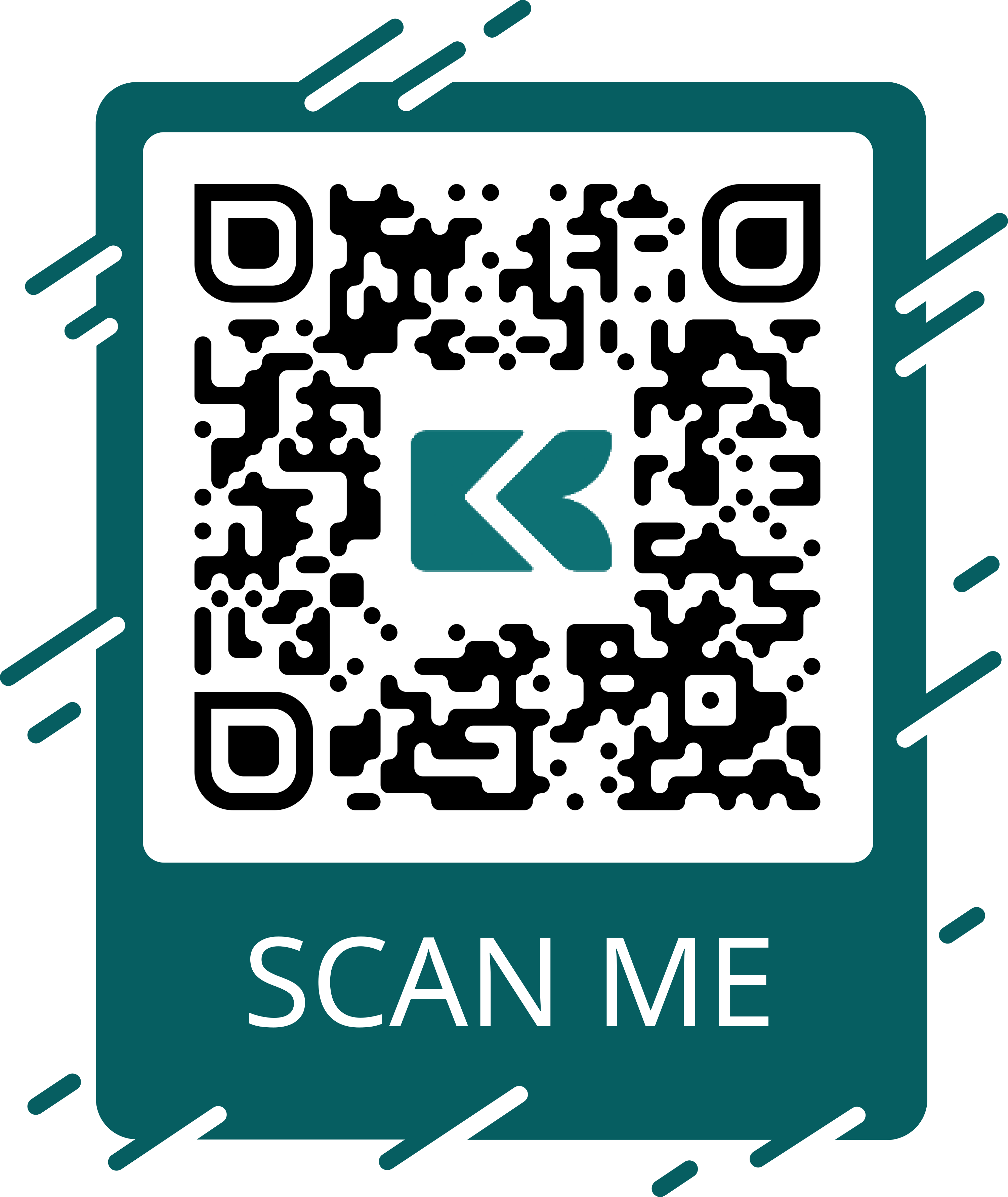A chargeback is a transaction reversal initiated by a cardholder, in which a bank or financial institution refunds a disputed charge to the cardholder’s account. Chargebacks are typically used to protect consumers from fraudulent or unauthorized transactions and can be initiated for a variety of reasons, such as product not received, product not as described, or unauthorized use of a credit card.
When a chargeback is initiated, the merchant who originally processed the transaction is notified and allowed to dispute the chargeback by providing evidence that the transaction was valid and authorized. If the merchant is unable to successfully dispute the chargeback, the funds for the original transaction are debited from the merchant’s account and refunded to the cardholder’s account.
To reduce the risk of chargebacks, merchants can take steps to ensure that their products and services are delivered as promised, provide clear and transparent information about their refund and cancellation policies, and have strong fraud prevention and detection measures in place.
While it’s not possible to completely eliminate chargebacks, there are steps you can take to minimize the likelihood of them occurring. Here are some tips to help you avoid chargebacks:
- Good customer service
- Open refund and return policies
- Accurate billing of customers’ orders
- Proper payment documentation
- Secure payment channel
